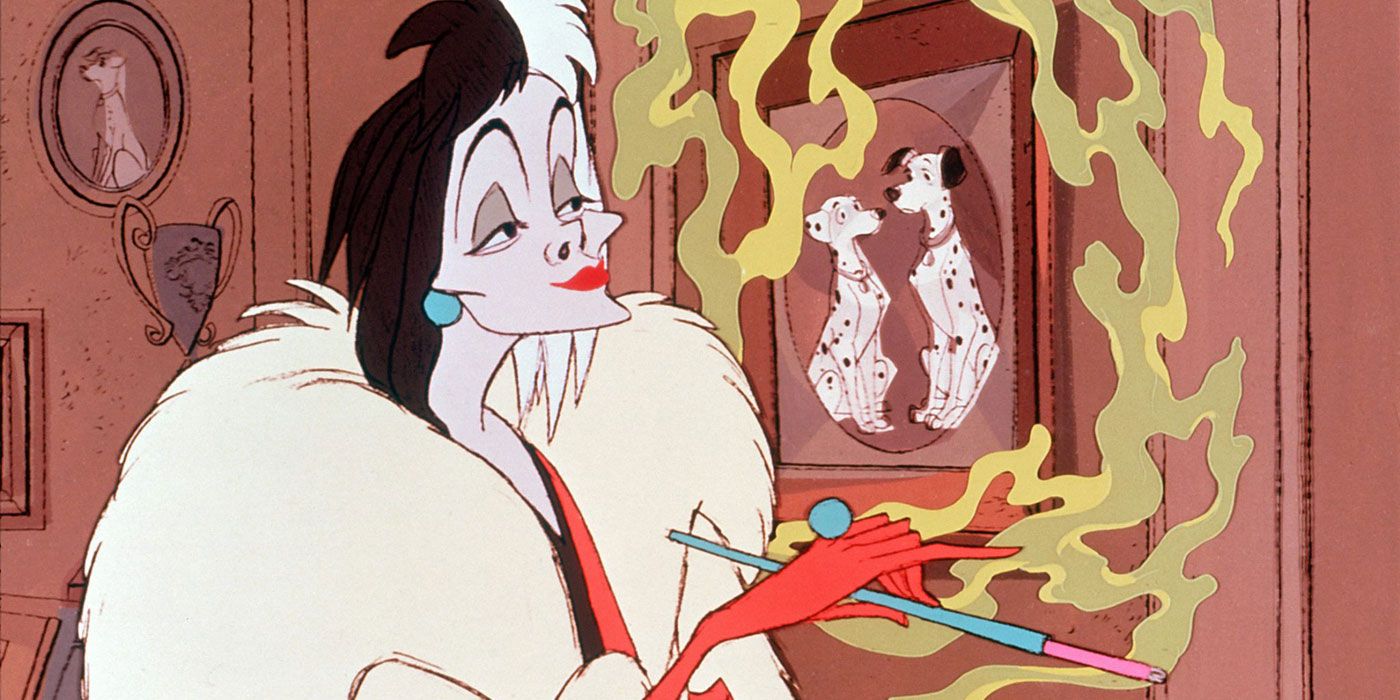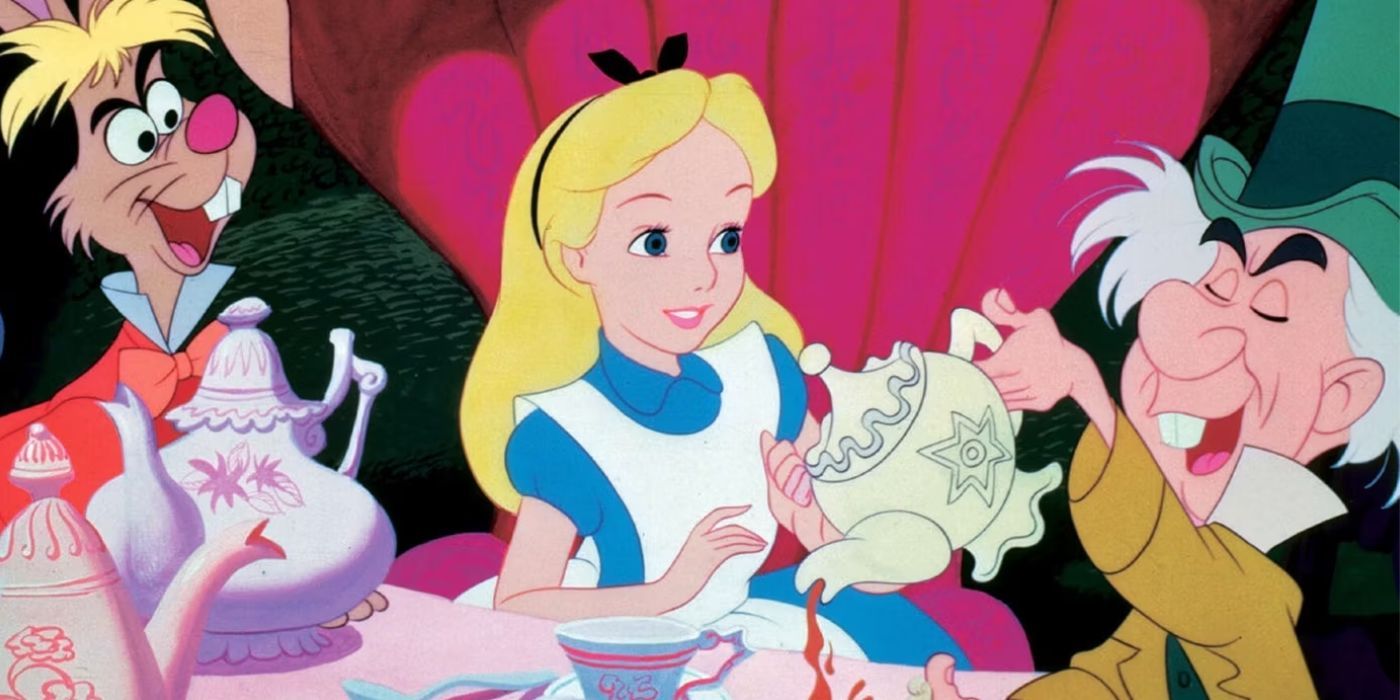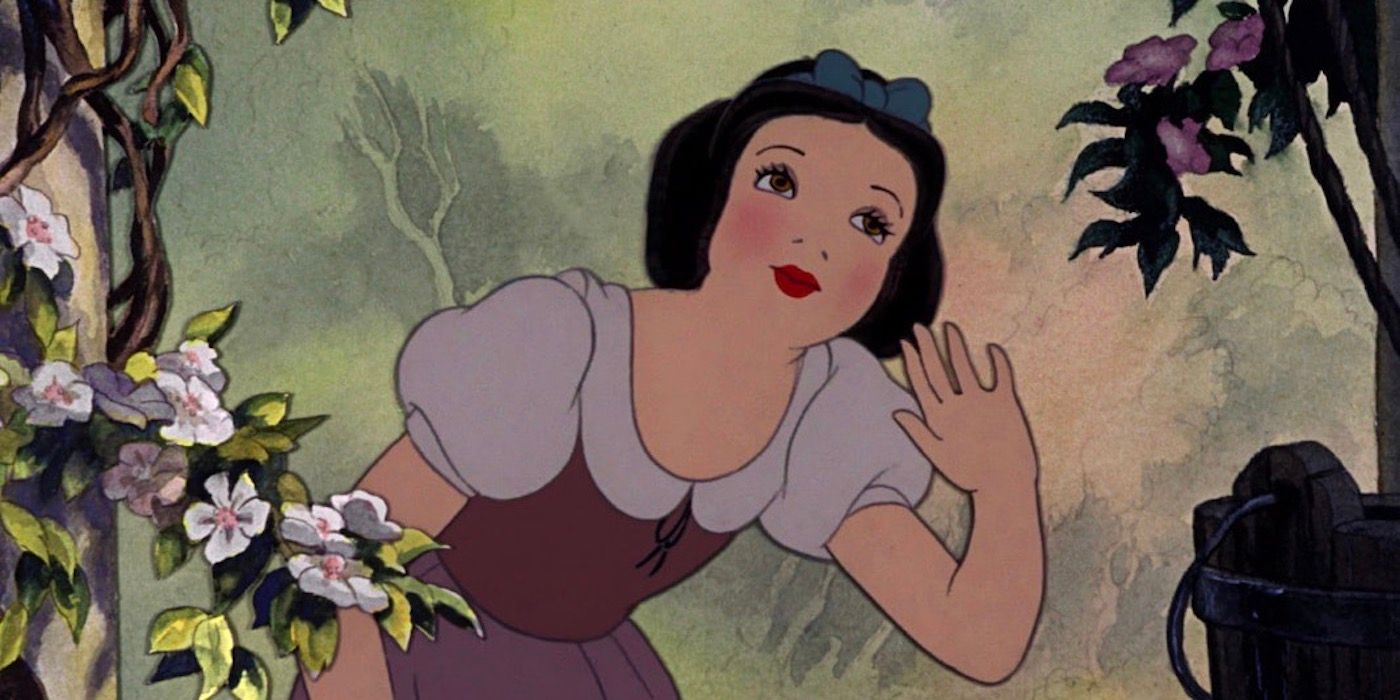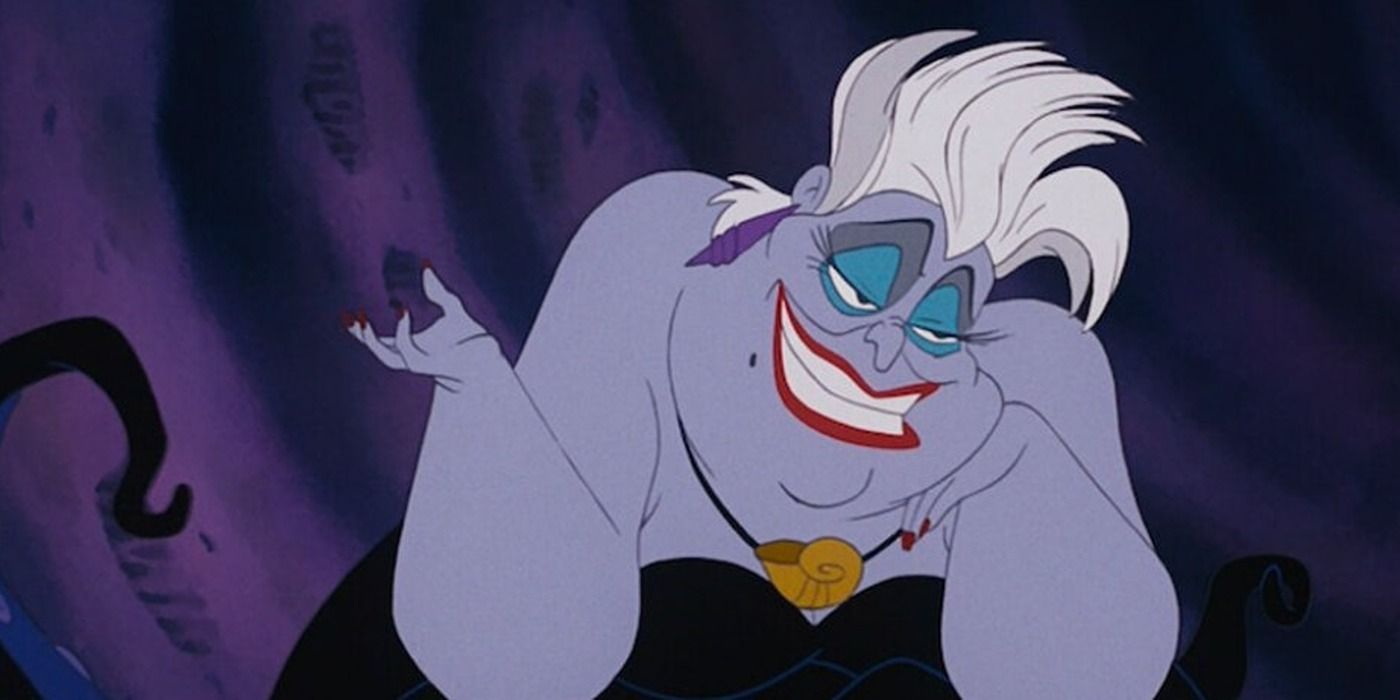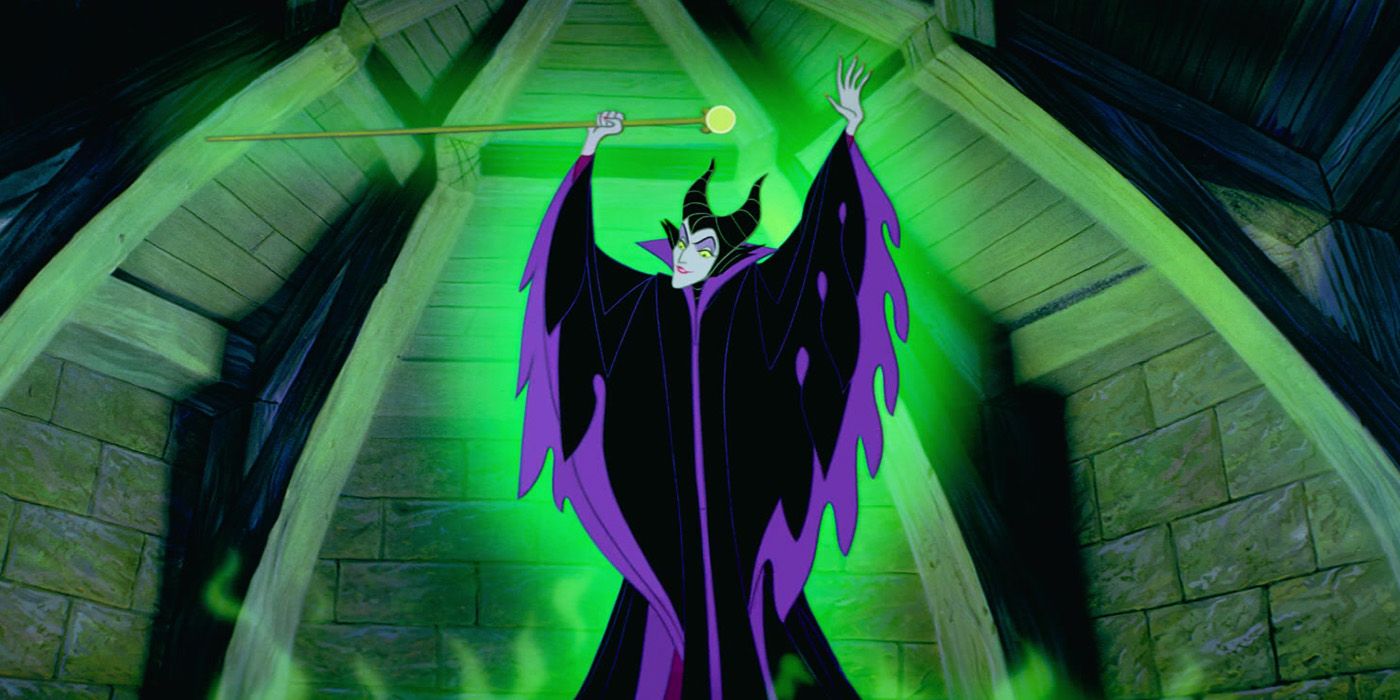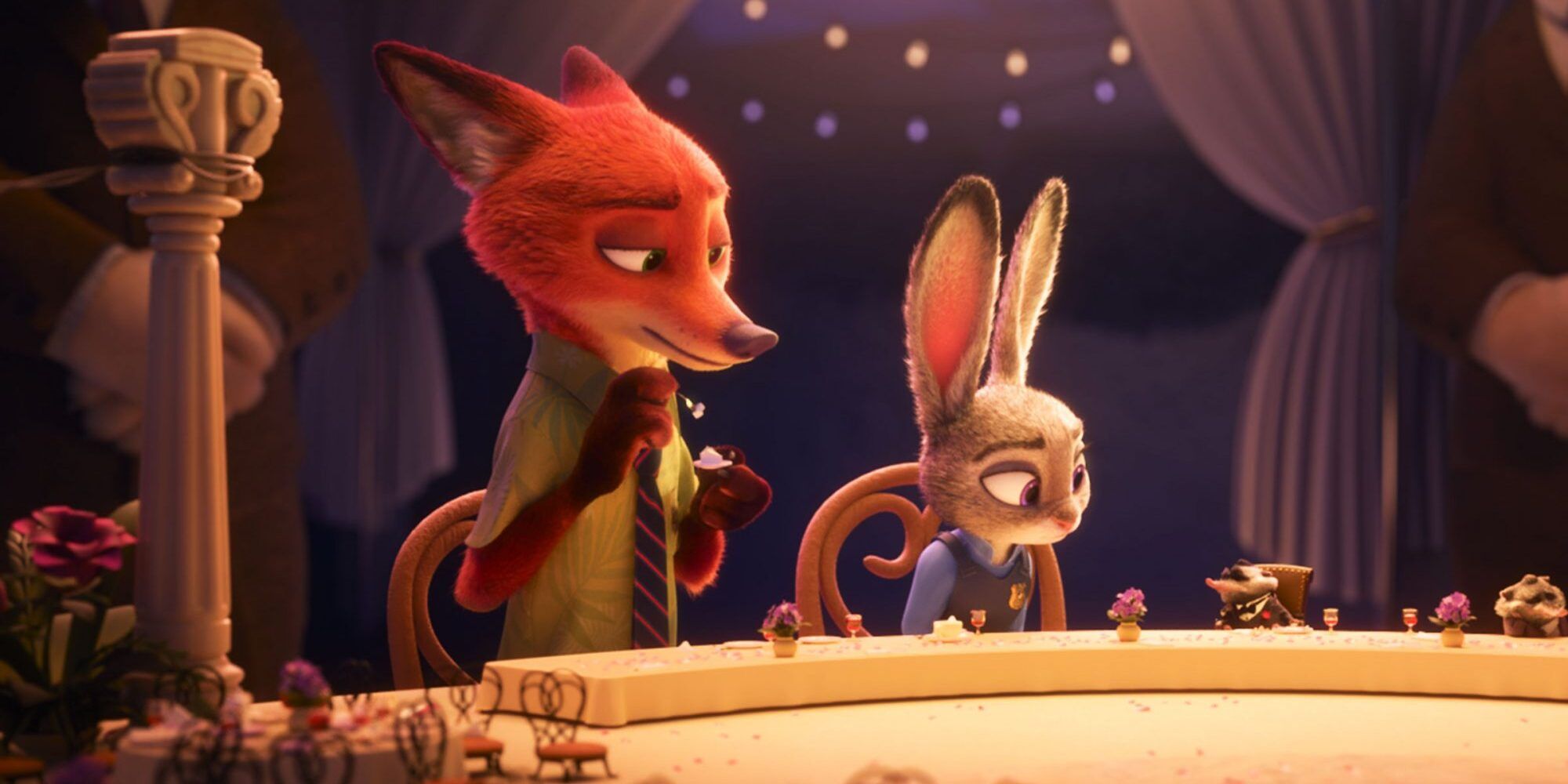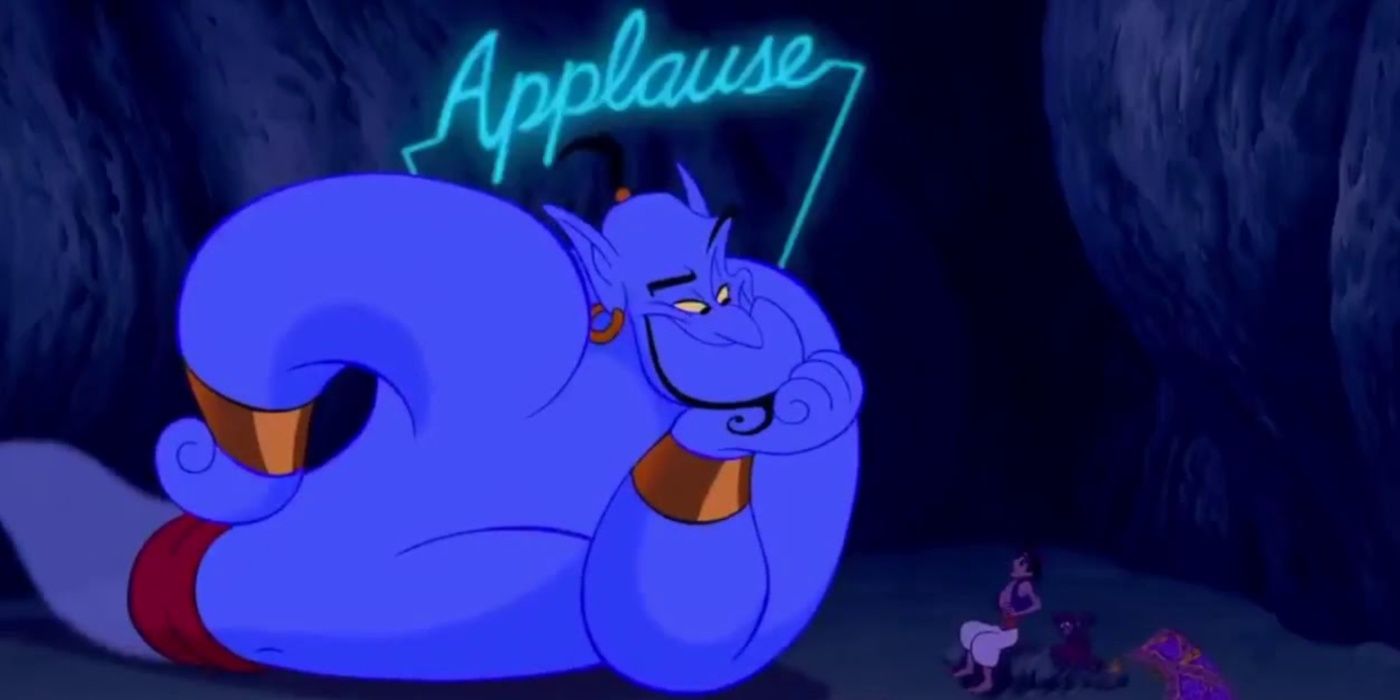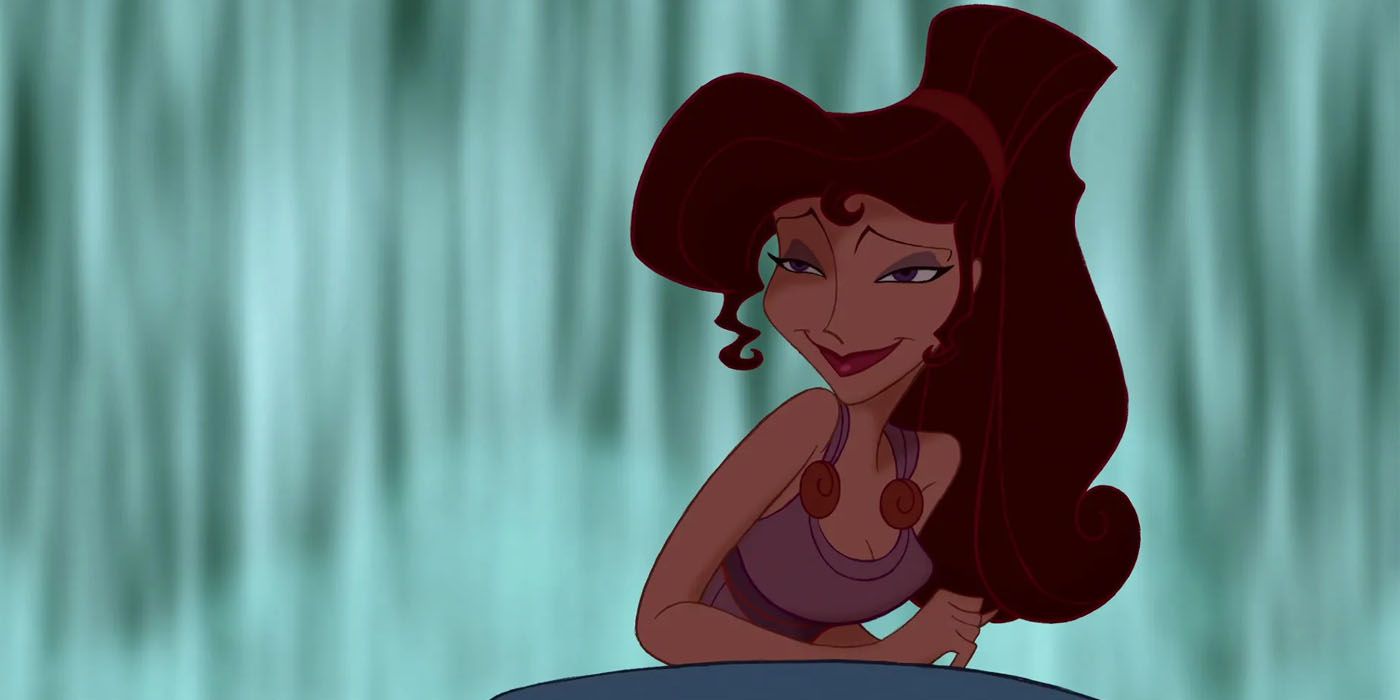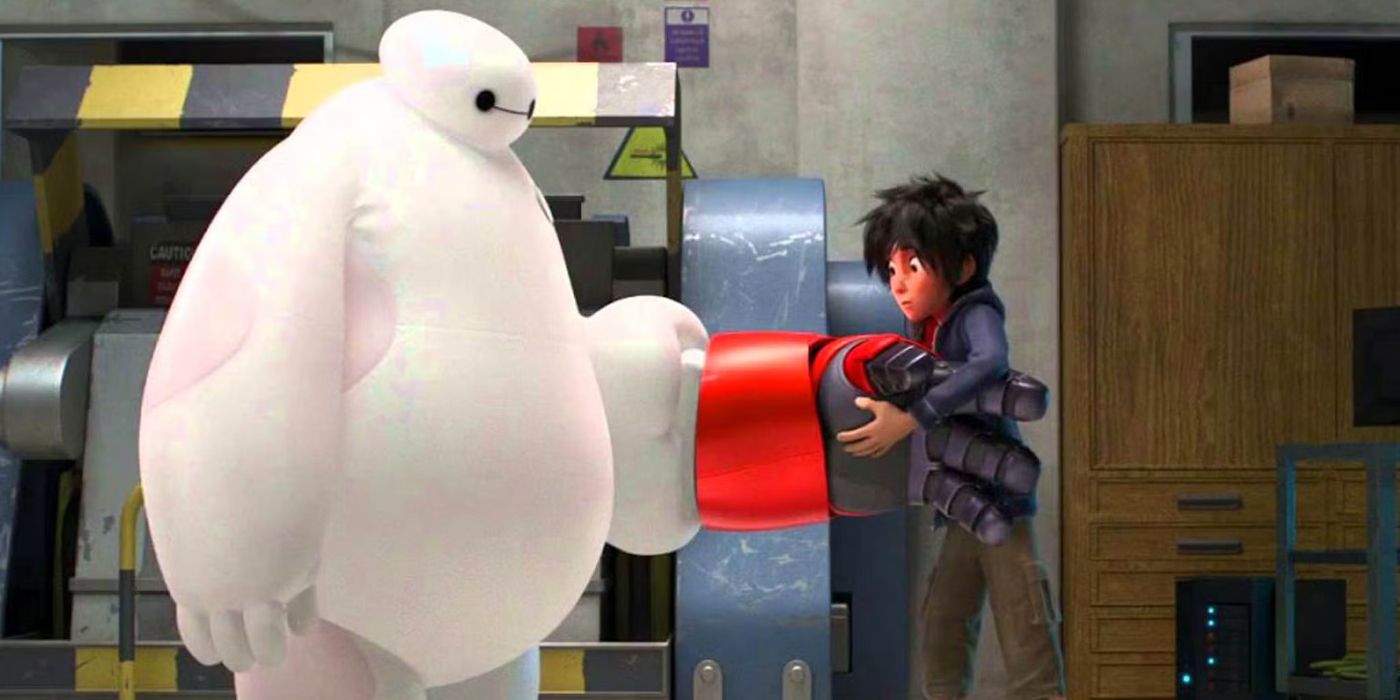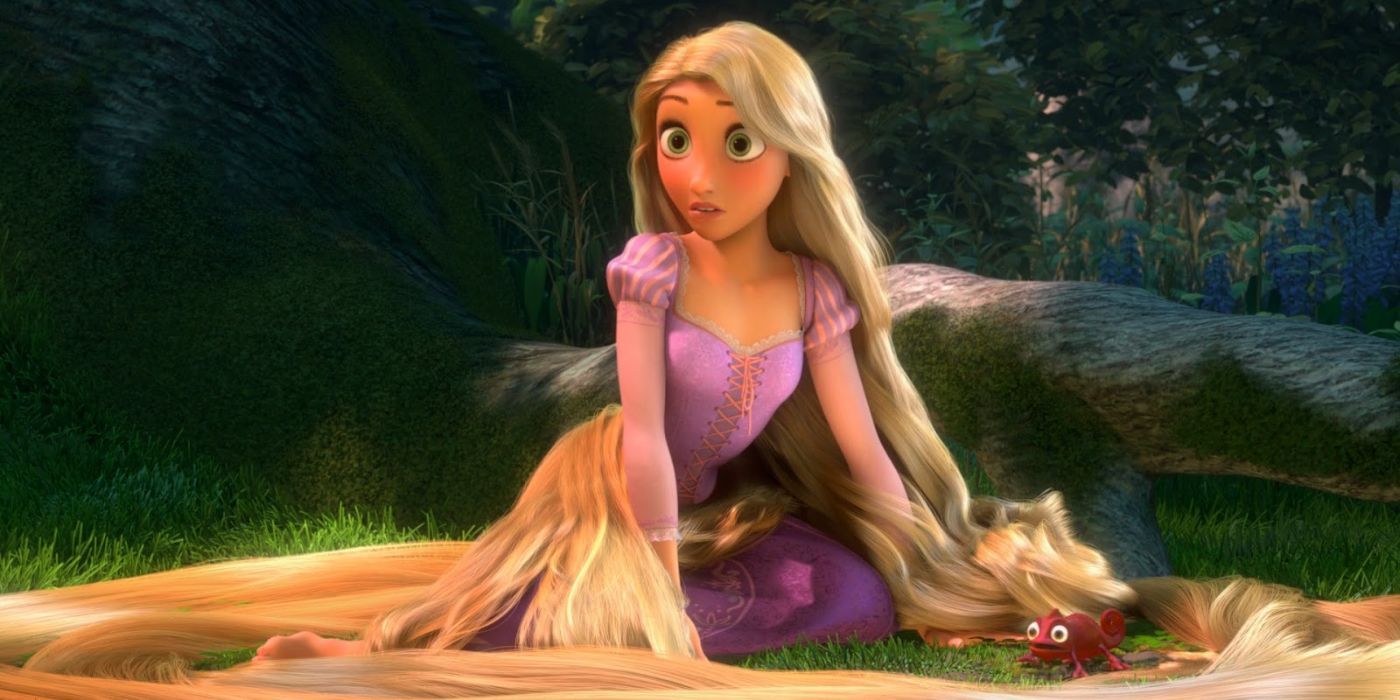Summary
- Disney’s animation style has evolved over time, combining 2D and 3D techniques like in the recent film Wish.
- Innovations like Xerox technology in One Hundred and One Dalmatians influenced character designs.
- Characters like Ursula in The Little Mermaid and Maleficent in Sleeping Beauty showcase Disney’s artistic creativity.
Walt Disney Animation Studios celebrated their 100th anniversary in 2023 and throughout their long, innovative history, the designs of Disney’s beloved characters have only grown in creativity. Disney’s animation style, from 1937’s Snow White and the Seven Dwarfs to their latest film, Wish, has evolved as the years have passed. The techniques for creating realistic and emotive characters have improved as technology has advanced, with 1985’s The Black Cauldron being noted as the first Disney feature film to incorporate CGI. Since then, Disney has found new ways to tackle their roster of characters, including the multiple Dalmatians in One Hundred and One Dalmatians.
Other human features, such as Rapunzel’s hair in Tangled, proved to be challenging. However, with each obstacle that formed, Disney’s animators could create new techniques and build upon the studio’s well-known animation style. The use of 3D animation has been used in many of Disney’s most recent films, but audiences yearn for an animation style reminiscent of Disney’s earlier films. Luckily, Wish saw the return of Disney’s favored animation style, combining the use of 2D and 3D. This creative choice exemplifies Disney’s everlasting efforts to include unique character designs in their films.
All 10 Disney Renaissance Movies, Ranked Worst To Best
The Disney Renaissance was one of the most iconic periods for Disney animation, and of the 10 films from that time, only one can be the best.
10 Cruella De Vil (One Hundred And One Dalmatians)
Harsh Outlining Emphasized Her Evilness
Following the release of Sleeping Beauty, Disney used Xerox technology to save time and money during the production of their next film, One Hundred and One Dalmatians. Xerox technology sped up the animation process and contributed to One Hundred and One Dalmatians‘ unique character designs. Xerox photography easily transferred the animators’ original sketches onto celluloid sheets, which kept much of the original sketches’ design, including the dark penciled outlining (via Smithsonian Magazine).
This outlining, while it appeared harsh upon its first use and greatly contrasted the whimsical animation in Disney’s earlier films, helped shape One Hundred and One Dalmatians‘ antagonist, Cruella De Vil. Cruella is memorable for her intense and sharp proportions, which were accentuated by the dark outlines that remained due to the use of Xerox technology. Unlike Peter Pan’s antagonist, Captain Hook, Cruella’s character design emphasized her dramatic and intense personality, ultimately helping the character become a memorable Disney villain.
9 Alice (Alice In Wonderland)
A Realistic Alice Stands Out In Wonderland
Disney is known for their use of rotoscoping, which allows animators to trace over motion picture footage, in films such as Snow White and the Seven Dwarfs and Alice in Wonderland. In the latter film, Kathryn Beaumont acted as the voice and physical reference for the titular character. By acting out the scenes as Alice, Beaumont helped the animators capture a realistic depiction of human emotion and movements.
While this technique is effective in a variety of films, it was especially beneficial in Alice in Wonderland, as Alice is placed in the fictional world of Wonderland alongside an array of eccentric characters. Additionally, Alice in Wonderland has a bold and colorful palette that makes the film stand out among Disney’s first batch of feature films. Using Beaumont’s movement as a reference for Alice helps ground the character and differentiate her from others in the bright and peculiar setting of her dream.
8 Snow White (Snow White And The Seven Dwarfs)
Innovative Dye Creates Snow White’s Key Physical Feature
The doll-like features of Snow White have made her a beloved character throughout the years. Having round and rosy cheeks, Snow White’s features are soft and, for the longest time, it was believed that her blushed cheeks were accomplished by the use of makeup (via CBR). Although this was proved to be false, animators did attempt to use lipstick and blush to achieve a soft coloring of Snow White’s cheeks.
Many artistic tools, such as airbrushing, were tested, but every attempt failed until the animators landed on the use of a red dye. The dye was placed on the tip of a pencil and added to each cell by hand. Though the process was laborious, it resulted in the iconic look of the Disney princess and is an early testament to Disney’s creative problem-solving efforts.
7 Ursula (The Little Mermaid)
Real-Life Inspiration Acts As LGBTQ+ Representation
The Little Mermaid‘s antagonist, Ursula, is a powerful and bold sea witch who steals Ariel’s voice and helps fulfill her wish to be a human. Ursula’s character design is significant as it’s one of the earliest examples of LGBTQ+ influences in Disney films. Ursula’s physique is modeled after a popular drag performer, Divine. Not only did animation technology help Ursula’s underwater movements appear fluid and seamless, but her mannerisms are also reminiscent of Divine’s theatrical performances, including John Waters’ 1988 film, Hairspray.
However, as clever and memorable as Ursula’s character design is, it’s not without controversy. There’s a long history of controversial Disney movies due to insensitive racial stereotypes and problematic storylines. For Ursula and The Little Mermaid, it’s become increasingly clear over the years that having LGBTQ+ representative characters as the antagonist perpetuates harmful ideologies.
6 Maleficent (Sleeping Beauty)
An Elongated Character Design Created An Icon
The artistic style of Sleeping Beauty is inspired by the work of Eyvind Earle, an artist known for his combined use of vertical lines and Gothic influences. This style of artwork helped improve the characteristics of Sleeping Beauty‘s antagonist, Maleficent. Known best for the curse she casts upon the young princess Aurora, Maleficent’s evil nature is apparent through her character design.
Early on in production, Maleficent’s design resembled a witch, similar to the Evil Queen’s disguise as the Wicked Witch in Snow White and the Seven Dwarfs. However, the final version of Maleficent, with her devilish horns and linear influence from Earle’s art, is the perfect balance between elegance and evil, which made Maleficent a favorite among audiences. Due to her appearance and magical abilities, Maleficent remains the breakout character despite being the villain.
5 Judy Hopps & Nick Wilde (Zootopia)
Modern Technology Helped Create Realistic Fur
Judy Hopps and Nick Wilde are just two of the numerous animals in the titular city of Zootopia. Animators were tasked with creating realistic fur for these animals, but it wasn’t easy. As technology has improved, Disney’s animation has become increasingly life-like, as seen with their human and animal characters. Before Zootopia, Disney’s last time working with furry characters was in the 2008 film, Bolt.
By 2016, the technology used was outdated and as a result, a new software, iGroom, was developed to customize the fur texture of Zootopia‘s various animal species. Similar to the thousands of hair strands used on human characters such as Elsa and Rapunzel, Judy and Nick required approximately 2.5 million strands of hair. The attention to detail ensured the animals had a realistic softness to them and helped give life to the fictional city of Zootopia.
4 Genie (Aladdin)
His Movements Were Modeled After Williams’ Comedy
What’s easily considered one of Disney’s most beloved characters, the design of Aladdin‘s Genie played to the strengths of Robin Williams’ talent. Before the recording or animating process began, Aladdin‘s directors knew they wanted Williams to play the wish-granting Genie. Therefore, once the role was his, space was given for Williams’ comedic skills to shine, as he was allowed to ad-lib and improvise many of his lines.
Following the recording sessions, animators molded the character design of Genie around the best of Williams’ quick and spirited line deliveries, which included his shape-shifting into various characters and figures in pop culture. The life Williams brought to the character is evident in Genie’s movements and makes it nearly impossible to imagine another actor introducing the character to audiences. Due to Disney’s great casting decision, the Genie has become the heart of Aladdin, providing audiences with plenty of comedic relief.
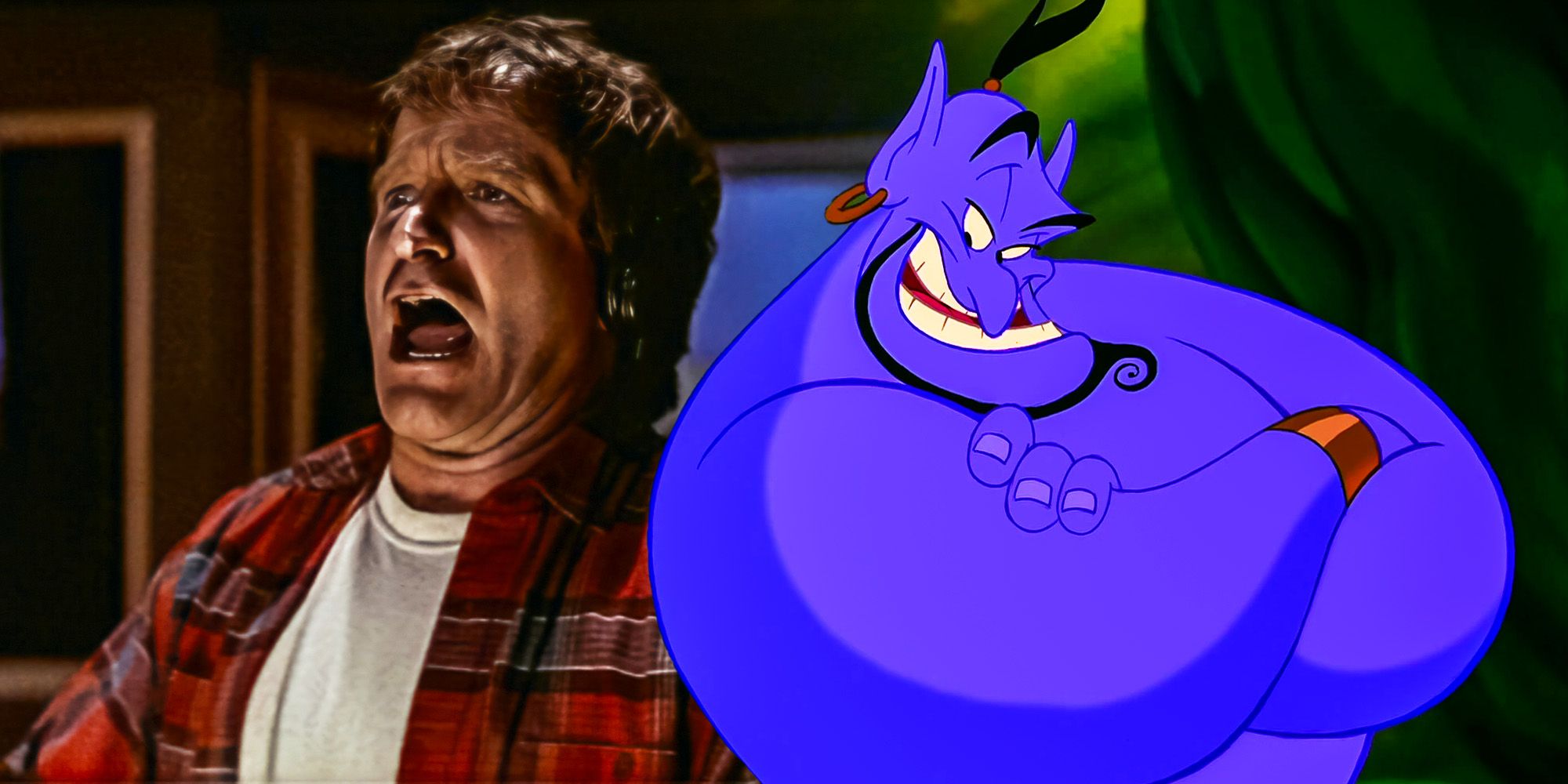
Robin Williams’ Aladdin Agreement Proves How Great His Genie Was
Robin Williams agreed to play the Genie in Aladdin for a great reason, which further proves just how fantastic his performance in the film is.
3 Meg (Hercules)
Her Design Is Based On Greek Pottery
Set in Ancient Greece, the designs of many structures in Hercules are pulled from Greek illustrations. The same goes for Hercules‘ characters, particularly Meg. While many of Meg’s mannerisms resemble those of the character’s voice actress, Susan Egan, the design of Meg’s physique is purposefully meant to stray away from being realistic.
Ken Duncan, the supervising animator for Meg, based the character’s shape on that of Greek pottery. From her head down to her clothing, Meg’s design is heavily influenced by the film’s setting. The shape and length of Meg’s dress bear resemblance to the pillars seen throughout the architecture in Ancient Greece. Additionally, the shape of classic Athenian vases can be made out in the structure of Meg’s hair and torso. The design of Meg is another example of Disney’s creativity and cleverness when it comes to tying in a film’s historical setting.
2 Baymax (Big Hero 6)
A Huggable Exterior Compliments His Kindness
The creators of Big Hero 6 were aware of the many robotic characters in pop culture, including Pixar’s titular protagonist in WALL-E. Therefore, the goal for Big Hero 6‘s Baymax was to stand out. Rather than abide by the mechanical design expected of a robot, Baymax was meant to be cushiony and huggable. In line with previous Disney films, the creative team behind Big Hero 6 researched existing technology that could inform Baymax’s design.
At Carnegie Mellon University, the team met a researcher, Chris Atkeson, who was developing “soft robots,” utilizing vinyl material in the robot’s design. Atkeson’s idea largely inspired Baymax’s squeezable exterior, which led audiences to become captivated by the character. A large part of why Baymax is beloved by audiences is because of his programmed desire to help those who are hurt. The innate kindness that Baymax was programmed with is complimented by his squishy exterior.
1 Rapunzel (Tangled)
Her Luscious Hair Moves With Her Free Spirit
Taking inspiration from the German fairy tale, Rapunzel’s long, blonde hair is a key feature of the character in Tangled. The animation in Tangled combined CGI with traditional animation and required a new program to be developed to tackle the flow of Rapunzel’s hair. An improved version of a simulation program, dynamicWires, allowed animators to use a spring system and add a realistic contrast to the movement of Rapunzel’s hair (via Walt Disney Animation Studios).
The simulation program cut down a significant portion of time and allowed Rapunzel’s hair to naturally follow the character’s movements without appearing stiff or heavy. The design of Rapunzel’s hair is crucial because it produces movement that coincides with her personality and newfound freedom. After leaving the tower she’d been trapped in for most of her life, Rapunzel runs around while outdoors and the flow of her hair is as rhythmic as she is.
Sources: Smithsonian Magazine, CBR, Walt Disney Animation Studios
